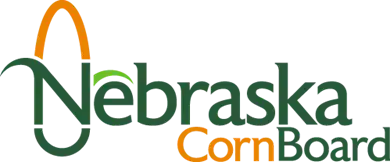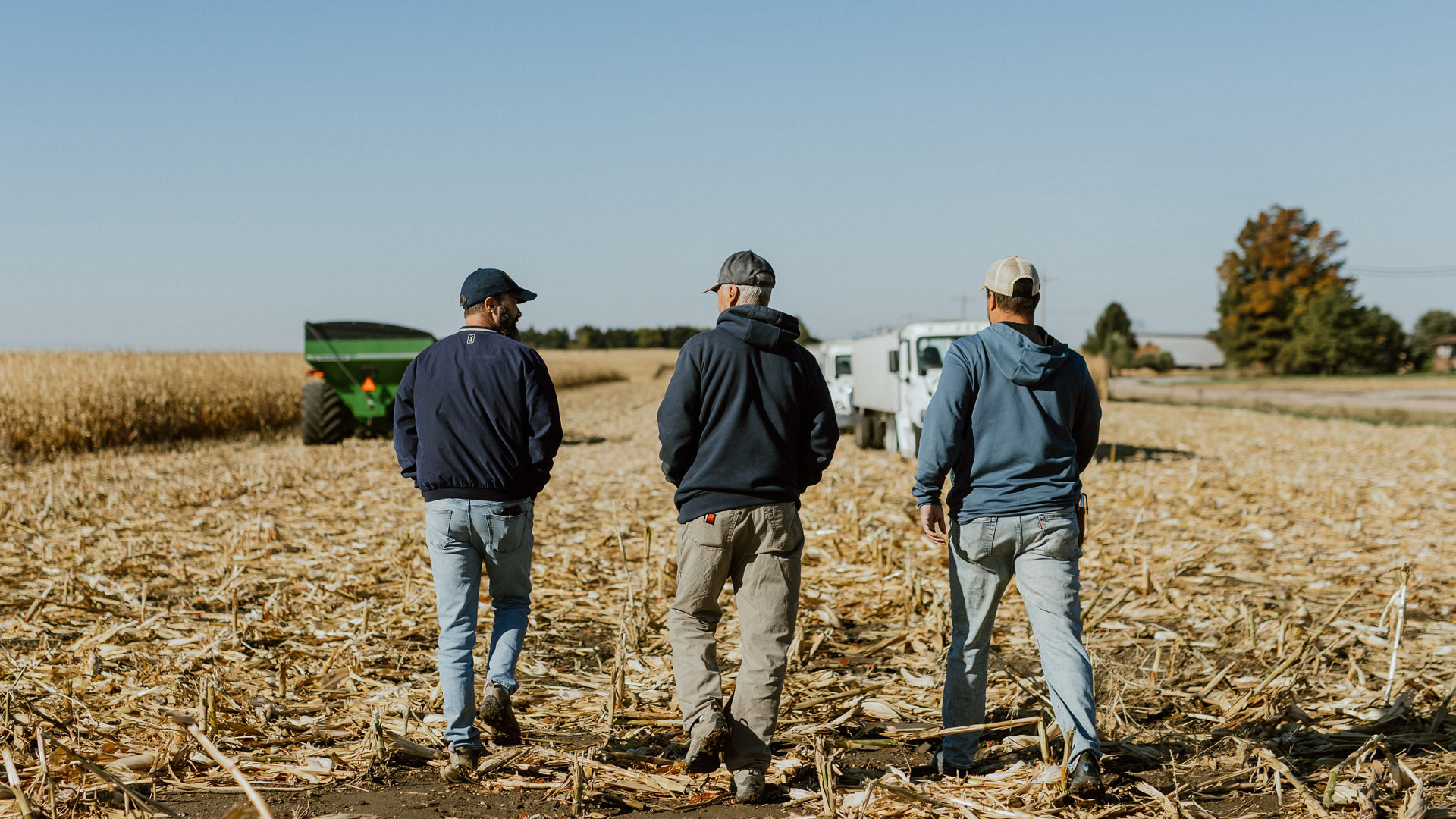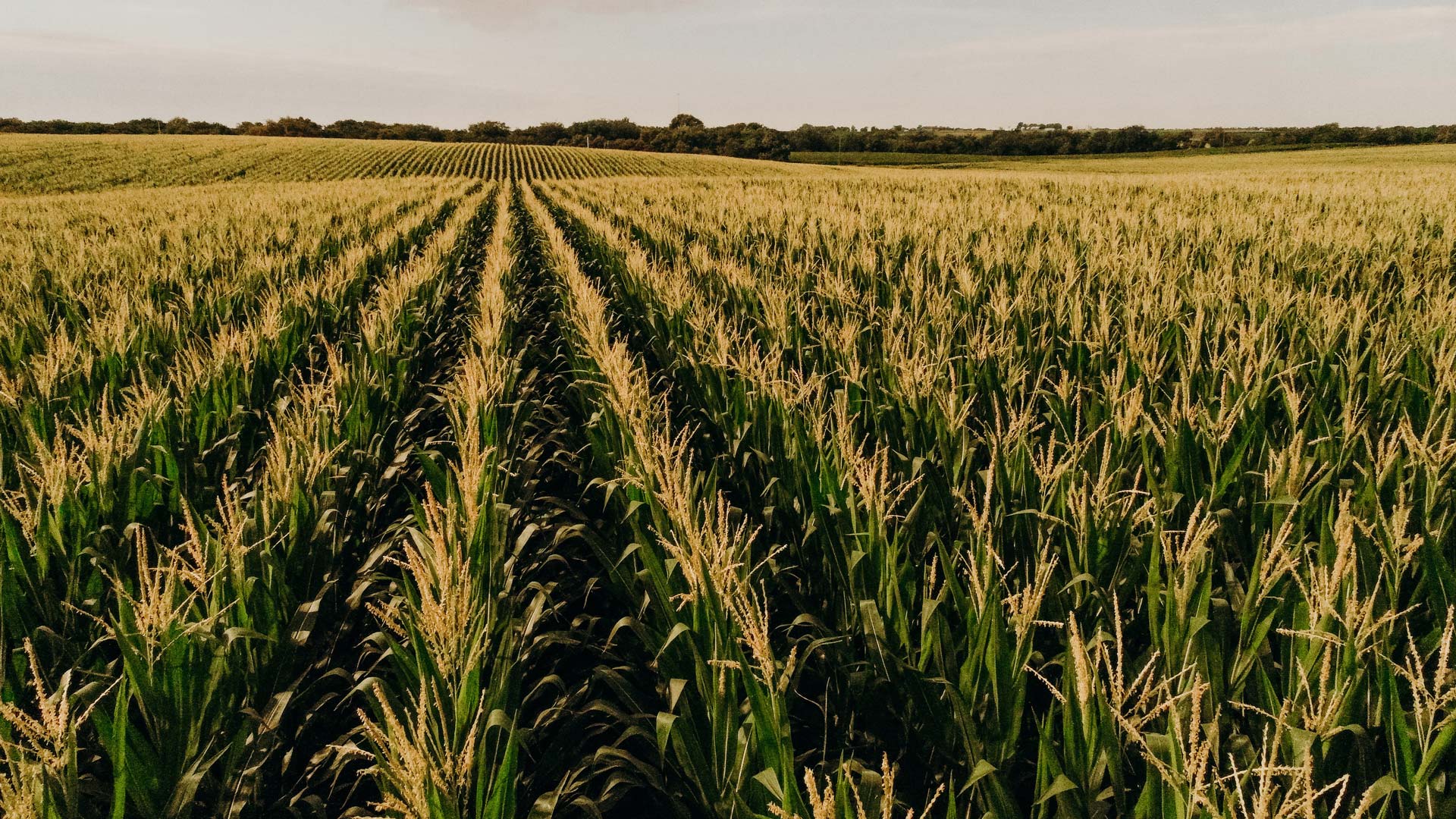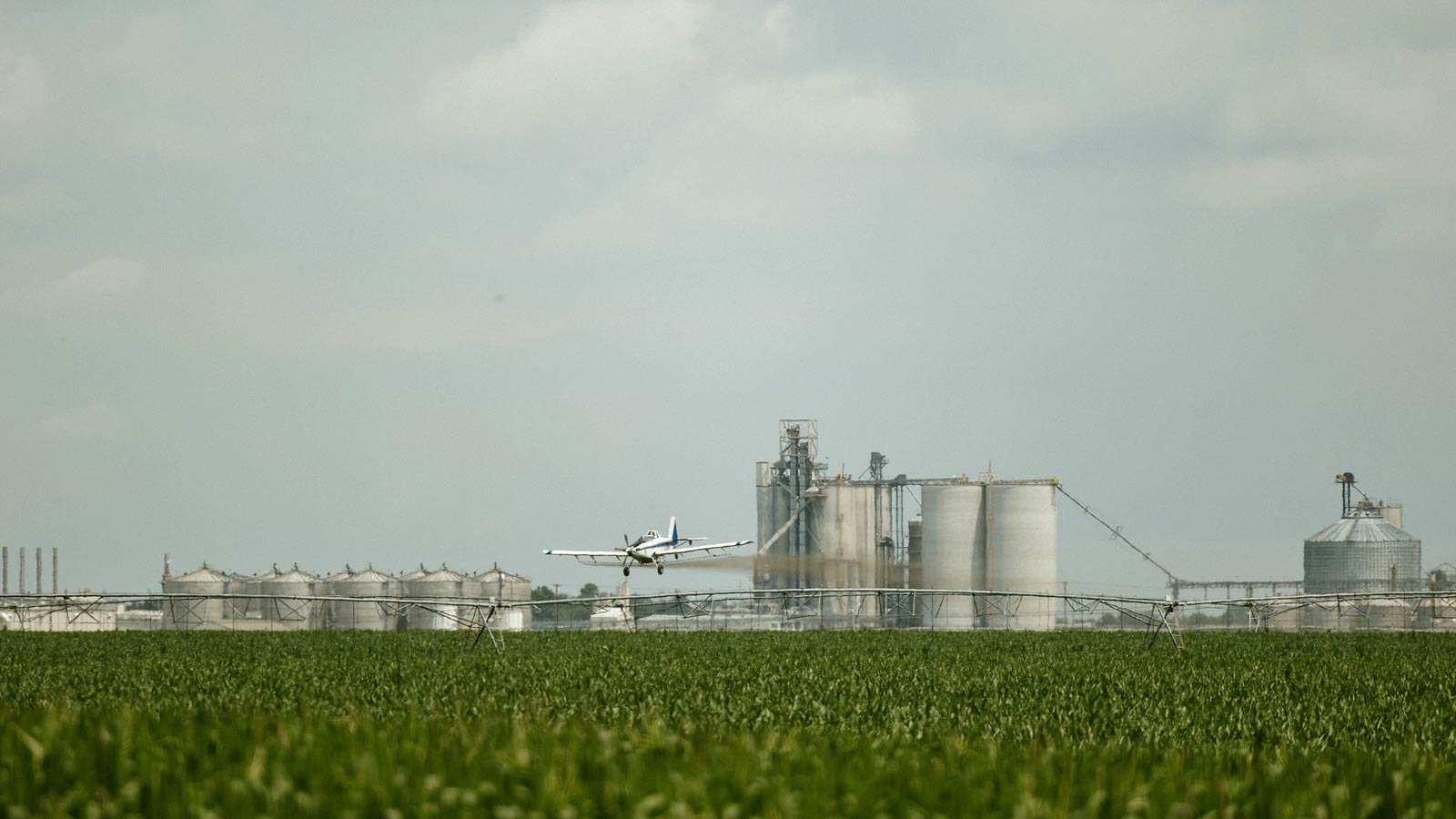Nebraska corn farmers have always relied on experience, intuition and a deep connection to the land to raise their crops. Now, some are using agricultural drones—not to replace that expertise, but to expand on it.
Agricultural drones serve as aerial assistants, providing fast, accurate insights that allow farmers to respond more effectively to changing field conditions. While drones don’t replace a farmer’s know-how or years of boots-on-the-ground experience, they’re increasingly becoming trusted precision agriculture tools for getting more done in less time and with fewer supplies.
Sixth-generation farmer Mitch Oswald, of Aurora, Nebraska, is one of the state’s farmers incorporating drones into his farming methods. He bought his first drone about a decade ago, strictly for aerial farm photography—but in the years since, he has found many ways to use drones in agriculture.
“When I started farming my own ground in 2020, I quickly learned and realized that the drone is a very unique tool that I had at my disposal,” he said.
Benefits of Using Drones for Agriculture Purposes
Drones help Oswald and other farmers take care of their crops faster and even more precisely than ever. Here are some of the benefits of using drones in agriculture:
- Save time by checking large fields quickly
- Use less water and chemicals by targeting only the spots that need it
- Gather data to help farmers decide what’s best for their crop
- Cuts costs by helping avoid lost yield and overuse of supplies
How Nebraska Farmers Use Drones in Agriculture
How are drones used in agricultural today? Nebraska corn farmers like Oswald use them in several key parts of their operation—from irrigation and crop health to pest control and precision treatment. They gather data and replace a lot of footwork, providing a faster, more detailed view of the field.
He estimates around 40%of farmers use drones in some way and the rest rely on trusted, traditional methods to grow their crops. However, drones are catching on, especially with younger farmers.
“At least from my vantage point, my generation is very data-driven when it comes to farming. We want to know what’s happening throughout the whole field at all times,” he said. “The more data that I can get from drones, the better management practices I can make.”
Servicing/Checking Irrigation Equipment

One of the ways Oswald uses drones most frequently during the growing season is to monitor his pivot irrigation system, which is an elevated pipe that slowly rotates around the field to water crops. With many moving parts, issues can pop up—like a broken nozzle or a motor problem. While an issue with irrigation can be apparent, the location of it on the pivot often isn’t. Instead of walking through acres of corn to find the problem, Oswald uses a drone to fly out, inspect the pivot and pinpoint the issue in minutes—saving lots of time.
“If there’s any major alignment issue that I can see from the air with a drone, that saves me an hour of walking through the field trying to figure out and diagnose it from the ground,” he said. “And then, when the growing season starts, I always fly the pivot for irrigation purposes just to make sure that all the nozzles are working, that none of them are broken and they’re not plugged.”
Crop Scouting
Farmers constantly check their fields for signs of trouble. Whether it’s checking how many seedlings sprouted after planting, scanning fields for disease in late summer or evaluating damage after a hailstorm, drones help scout fields faster. Sometimes, only part of the field may have an issue, and this eases the physical burden. They cut down on the time Oswald and others spend walking long rows of corn to check the plants on foot, instead allowing them to fly a drone across the field to quickly check problem spots and get an overall view of crop health.
Precise Chemical Application
Drones also can apply fungicides or insecticides with pinpoint accuracy, which is especially helpful in smaller or oddly-shaped fields. Sometimes called spray drones, these drones can span 4-6 feet across—much larger and heavier than drones most consumers use for photography or video. Applying chemicals by drone can be particularly helpful later in the growing season, when corn is taller and at more risk of being damaged by a tractor. Similarly, drones can be a good treatment delivery option in fields with nearby power lines or structures that render treatment via airplanes, called crop dusters, too dangerous.
High-Tech Data Gathering
Some agricultural drones are equipped with thermal and infrared cameras that help Oswald spot issues invisible to the eye. These cameras can detect dry areas in the field where irrigation isn’t reaching, or plants that may be stressed. By identifying issues early, he can make quick management decisions to protect yields and save resources. Farmers can incorporate data gathered by drones into software platforms, which use GPS (global positioning systems) and GIS (geographic information systems) to provide detailed, real-time data of every inch of their fields.
The Future of Farming and Drones
As farming technology evolves, farmers will have even more ways to incorporate drones into their daily activities. Currently, Oswald’s uses technology that’s on the verge of being able to recognize specific diseases and insects on plants in the fields. A number of research programs are also developing technology that could use thermal imaging to detect specific diseases in plants before they show any outward signs of fungus, bacteria or other problems—allowing farmers to treat them earlier than ever and potentially saving yields.
He looks forward to new ways drones can be used to help farmers, even if he can’t yet predict how farming and drones will come together in the future.
“Drone technology isn’t going anywhere. It’s only going to keep advancing,” Oswald said. “While I don’t know what advancement looks like, I look forward to what is ahead.”
Related Posts
How Precision Agriculture Takes Corn Farming into the Future
Precision agriculture is revolutionizing the way Nebraska corn farmers grow their crops. By using advanced technology and data analytics, growers are able to maximize yields while minimizing waste. This new approach is helping Nebraska [...]




